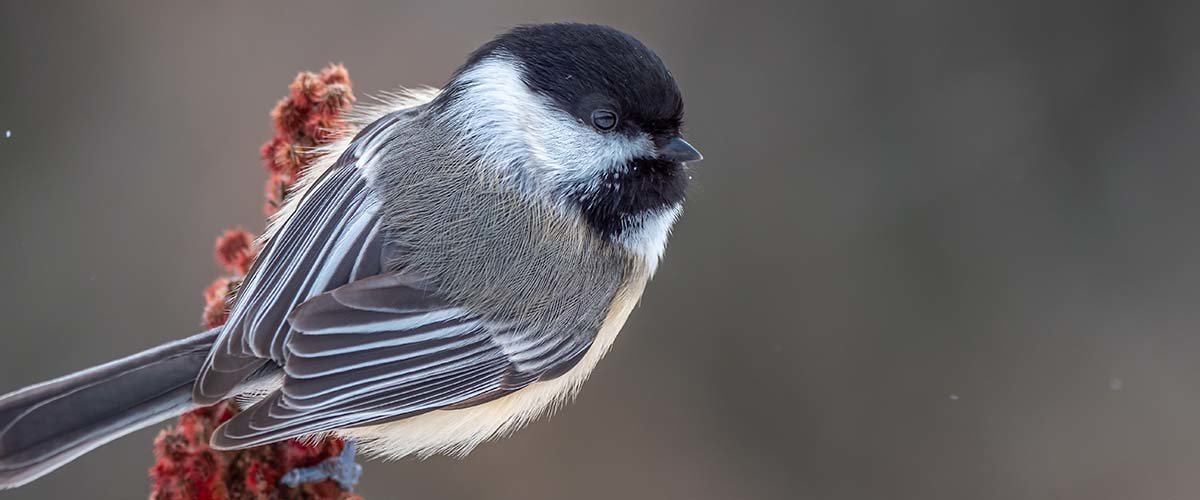
CFANS Good Vibes: Birdsong in spring
Q&A with Fisheries, Wildlife and Conservation Biology Professor David Andersen

What constitutes a bird song?
Birds produce a variety of vocalizations, and these are generally divided into songs and calls. Songs and calls are distinguished by function, with songs being more complex and generally associated with advertising to attract mates or establish and maintain territories. From a human perspective, songs are melodious and generally consist of multiple acoustic components, whereas calls are generally less complex and often short in duration. Passeriformes (songbirds) have a special structure (the syrinx) that is used to produce complex vocalizations. Non-Passeriformes (all other orders of birds) lack a complete syrinx, although some are capable of producing vocalizations that might be considered songs (e.g. some shorebirds) and some authorities consider non-vocal sounds (e.g. woodpeckers drumming) to be songs, as they function the attract mates and establish and defend territories.
Why do we hear birds start to sing more often as spring approaches? And why do we hear them more often in the mornings?
Both migratory (e.g. warblers) and non-migratory (e.g. northern cardinals) birds begin singing in early spring or upon their return to breeding areas to attract mates and establish and defend breeding territories. Singing in the spring is thought to be triggered primarily by increasing day length. There's not a good answer to the second question. Songbirds are notorious for their "dawn chorus" when near first light lots of birds tend to sing. Many birds sing most profusely around dawn, and presumably that behavior is triggered by light levels — many birds also sing during solar eclipses when light levels diminish. During the breeding period, some birds sing almost continuously during daylight (e.g. bobolinks) and a few species sing at night (e.g. northern mockingbirds).
What does singing mean in bird communication? Do they sing to communicate anything specific this time of year?
Singing largely functions to attract mates, develop and maintain a pair bond, and establish and maintain breeding territories — areas of exclusive use for breeding. Although not the case everywhere, in much of North America, singing is predominantly performed by male birds and functions to attract mates, provide information about the quality of the male and his territory, and exclude other male birds from his territory. Males of migratory species often arrive on breeding areas before females, jostle with other males to establish territories, and advertise their presence to potential mates by singing.
How do season changes affect bird singing?
For many birds, singing is most prevalent during the spring breeding period, diminishing greatly as the breeding season progresses and diminishes to almost nothing outside of the breeding season — early to mid-summer through winter. Birds continue to vocalize throughout the year, but outside the breeding season, vocalizations are mostly calls that communicate information about potential risk (e.g. presence of a predator) or contact between individuals, as between adults and their offspring, or among individuals in groups.
David Andersen, PhD, is a professor in the Department of Fisheries, Wildlife and Conservation Biology and unit leader of the Minnesota Cooperative Fish and Wildlife Research Unit.






